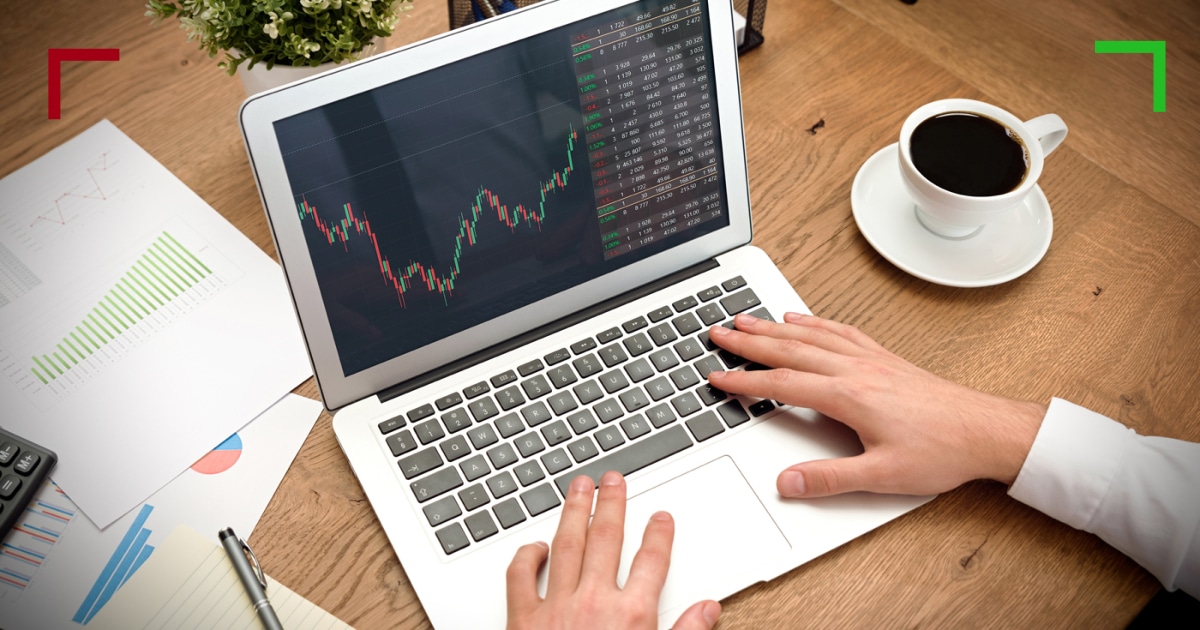A Guide to Margin Trading
A Guide to Margin Trading
*OspreyFX would like to state that traders should research extensively before following any information given hereby. Any assumptions made in this article are provided solely for entertainment purposes and not for traders to guide or alter their positions. Please read our Terms & Conditions and Risk Disclosure for more information.
For those active traders out there, you may already know that margin accounts are a key component of your trading activities. Indeed, margin accounts offer leverage and buying power. So if you do try margin trading, you could benefit from making consecutive round trip trades without waiting to replenish your capital. Well, all this sounds great, but what exactly is margin trading you might ask. That’s why we have gathered all you need to know to get started, learn about the different strategies, and what common pitfalls to avoid.
What is Margin Trading?
It is an activity that enables the use of additional capital provided by a third party. Therefore, margin traders have access to more funds and can strengthen their trading positions to make larger gains on successful trades.
Commonly investment brokers are used to funding margins. And in the crypto market, other traders provide these extra funds. Basically, a margin is a loan against your existing capital in the trading account. The amount of margin extended is related to the stocks being traded.
Margin Account vs Cash Account
There are main differences between the two types of accounts: margin and cash. Of course, there are some benefits and disadvantages to each, but when used as part of a strategy, traders can make the best out of both account types.
Buying Power
When you have a cash account, trades are limited to the capital available in your trading account. And this represents your exact buying power. However, a margin account can help you leverage your existing capital to increase your buying power.
Short Selling
Cash accounts are not allowed to short sell stocks. That’s because it involves borrowing stocks. Thus, you need a margin account to use the short selling technique.
Trade Settlement
With a margin account, you don’t need to wait for a trade to settle before you can reuse the capital. This helps traders avoid any delays. Whereas cash accounts require the proceeds to settle before they can be reused. A traditional wait time of two days before the capital is cleared for use means lost opportunities.
Margin Trading Strategies
Now that you are familiar with the concept of margin trading, it’s time to explore the tactics you can apply. It’s very important to distinguish between long and short-term trading, as these are starting points for every margin trader.
Short Position
Taking a short position means projecting that the price trend will go downward. Thus traders use a short position when the market is going to move down. It is a bet against an asset.
Long Position
A long position is basically a bet in favor of an asset. When traders project that a price trend will go upward, they use a long position. This works in favor of an entire market or a specific asset. And profit is generated from the margin increase after selling at a higher price.
Using Leverage to Long or Short Crypto
If a trader uses a long position, they will profit from price appreciation. But if they use a short position, the borrowed funds when the market declines amplify the trade. Therefore, once or if the prices drop, the trader makes a profit. Thus, both long and short positions can be used with or without leverage. The additional leverage is borrowed money that needs to be reimbursed. So treat the added buying power with caution as there is a thin line between beneficial leverage and overleverage.

Tips to Keep in Mind
Margin is tricky to master, so it can be a trader’s best friend or worst enemy. Therefore, to be successful at margin trading, it’s key to have guidelines and follow best practices.
Know Your Margin Rate
Similar to a loan, brokers may charge interest on the margin used for the duration of the holding period. Intraday traders don’t need to worry about margin interest if their positions are closed before the end of a session. It is something swing traders and investors should look out for and compare fees among brokers.
Keep a cool head
Keep your emotions under control and a cool head. Avoid entering a trade you are not fully prepared for. Set the rush, anxiety, and ego aside when margin trading. Instead, plan, analyze, and re-evaluate. It helps to set a limit to yourself on the amount you are willing to lose.
Margin Calls
A margin call happens when an account slips below the margin threshold for maintenance. This means you need to take immediate action to get the account back above the fold via a cash deposit, closing positions, or forced liquidation. Be mindful when trading highly volatile stocks.
Be Selective
Finally, your overall investment goals should determine whether margin trading is the most appropriate strategy for you. It makes sense to avoid using margin on delicate, essential or retirement assets. It is particularly important for margin trading, to know what you are investing in. It is recommended to seek out long-term solid growth rather than shorter volatile opportunities.
Want to Trade Forex?
OspreyFX is the perfect partner to help you on your trading journey. We pride ourselves on offering our traders the right tools needed to ace the markets, traders can now trade with better insight with our Forex Calculators.
Challenge Yourself!
Try our Funded Accounts with up to $100,000 under management and prove you can profitably trade Forex, Cryptos, Metals, Commodities, and Indices.